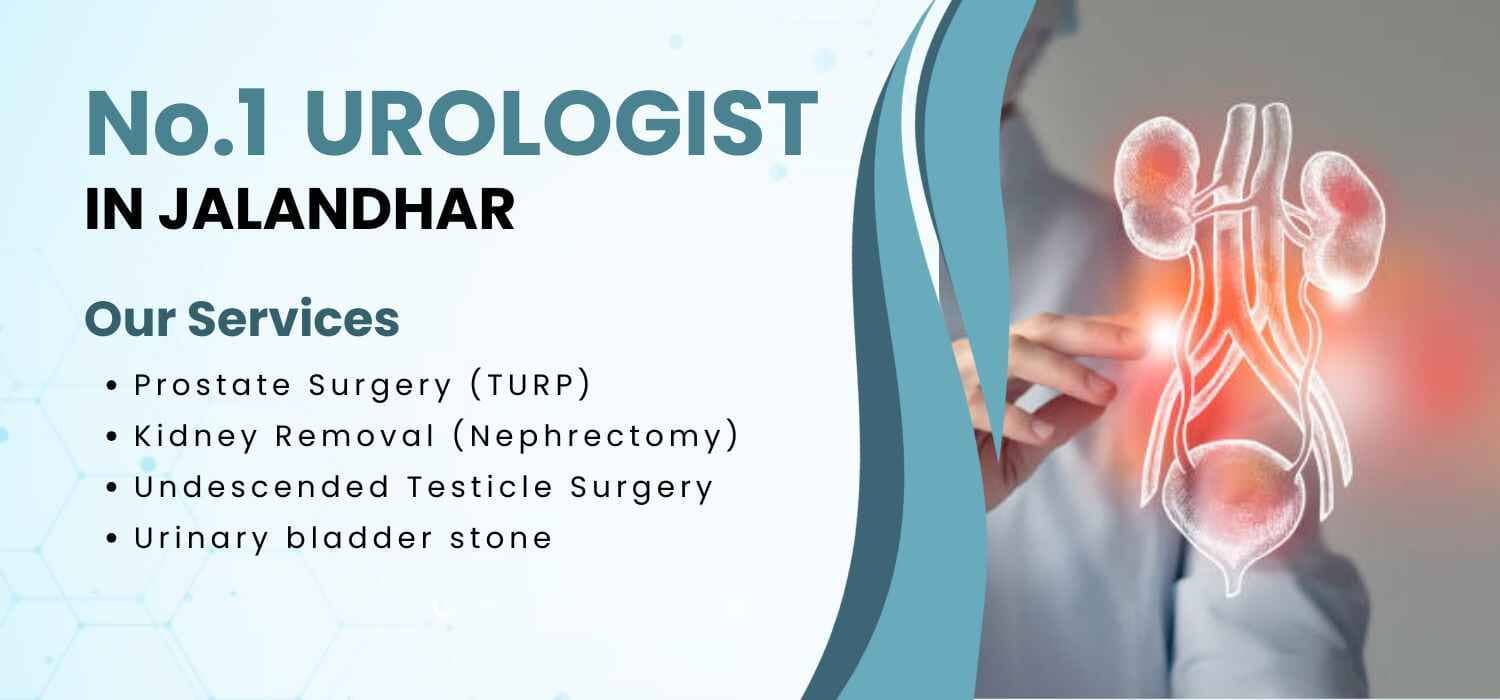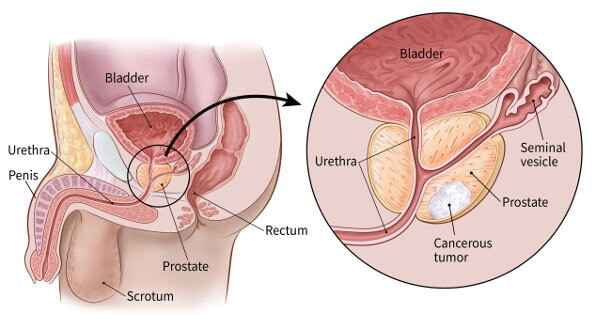
PROSTATE LASER SURGERY IN JALANDHAR
Are you looking for the best prostate surgery in Jalandhar? Then you are at the right place star urology is the best option for you The prostate gland is present just distal to the urinary bladder and is attached to the upper urethra. Benign Prostatic Hyperplasia (BPH) After the age of 40 in males, the prostate starts increasing in size. If it becomes too large or distorts in shape, it may compress the urethra. About half of men in their 50s and about 90% of men in their 80s are likely to have enlarged prostates


Some various types of prostate laser surgery:
Photoselective vaporization of the prostate(PVP): it is used to vaporize extra prostate tissue and expand the urinary channel.
Holmium laser ablation of the prostate(HoLAP): This process is almost the same as PVP, but the laser type is different.
Holmium laser enucleation of the prostate(HoLEP): This is used to remove and cut the extra prostate tissue.
Neat & Clean Rooms
Spotlessly clean, profoundly caring. Our hospital ensures a pristine environment for your well-being
Modern Equiments
Our hospital has advanced technology gadgets and the best equipment in every field.
City Centre Location
Conveniently located at the heart of the city, our hospital offers easy access and exceptional care in a prime city center location

Symptoms
- Decreased stream of urine which may progress to complete blockage of urine
- Incomplete emptying of the bladder
- Difficulty while starting to pass urine
- Increased frequency of urination during the day and or during the night
- Urine infection
- Blood in the urine
- Bladder stones
Treatments
Lifestyle changes: avoid alcohol and caffeine, decrease liquid intake, especially before sleep, and pelvic exercises.
The next level of treatment for benign prostatic hyperplasia is usually medications such as Tamsulosin (Flomax®). This is a type of drug called an alpha-blocker. It is meant to relax the bladder neck muscles and prostate muscles to increase urinary flow and decrease the urge to urinate. Other drugs called alpha-reductase inhibitors, such as finasteride (Propecia®, Proscar®) and dutasteride (Avodart®) can be used to reduce the size of the prostate and reduce urine flow. If lifestyle changes and medications do not help with BPH, surgery is the next option. Surgical options range from minimally invasive therapies to full surgery.
Some risk factors of laser surgery
Face temporary urinating difficulty: you can face urinating difficulty for a few days after the process.
Infection in the urinary tract: probably have a chance of urinary tract infection after any prostate process.
Urine flow block: This may block urine flow which may require additional treatment.
Affect on orgasm: The release of semen into the bladder during ejaculation instead of the penis is a common and long-term side effect of any prostate surgery.
Erectile dysfunction: this type of risk is generally low with laser surgery as compared to other surgery.
Prostate Surgery Patients Testimonials
Frequent Questions - FAQ's
Benign prostatic hyperplasia (BPH), a condition characterized by an enlarged prostate, can cause moderate to severe urinary symptoms. BPH is treated with prostate laser surgery.
It takes 90 minutes to 4 hours for this procedure. Laparoscopic: Instead of making a single, large cut, the surgeon performs many, smaller ones. The cuts are filled with long, thin tools.
